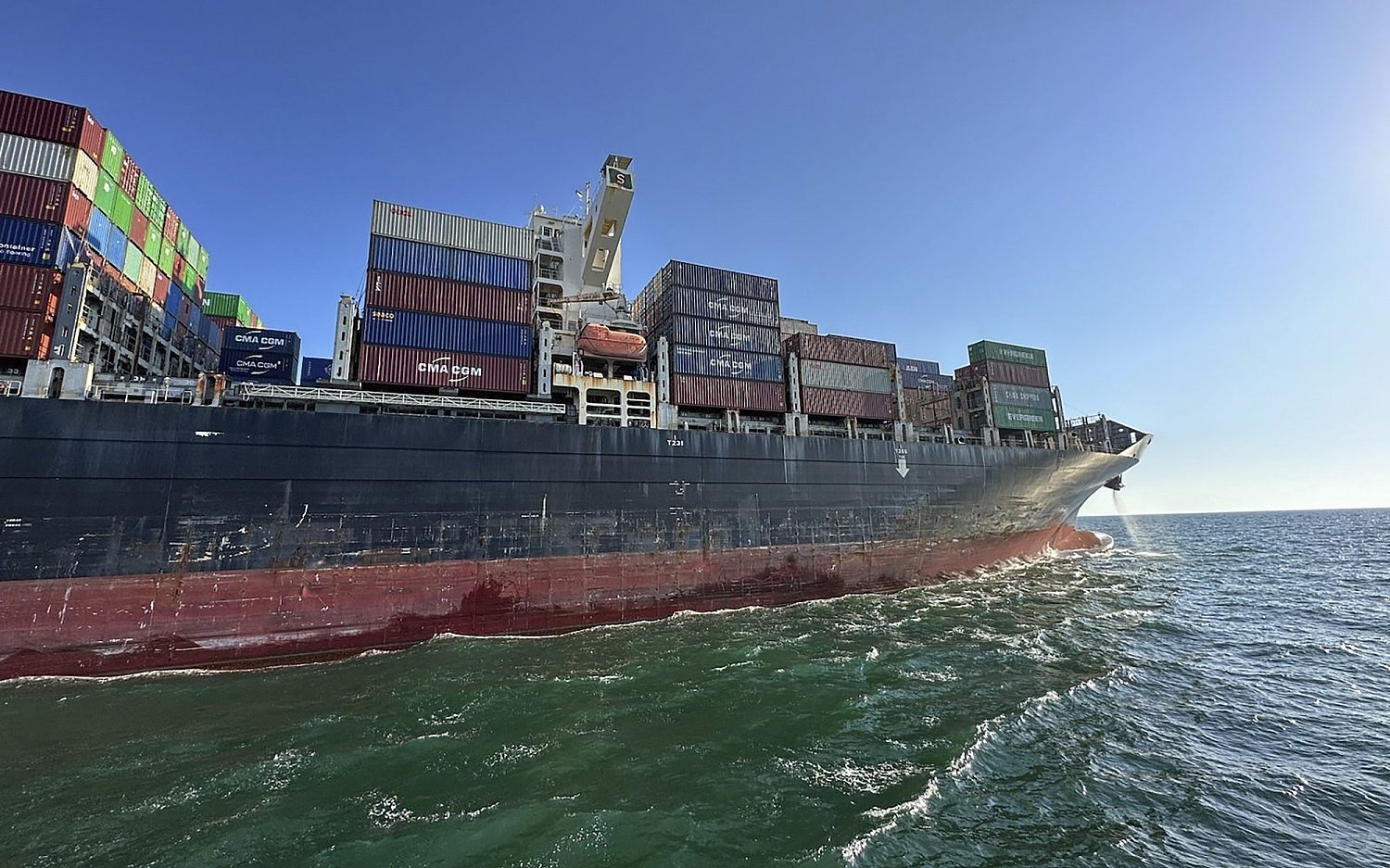Flushable wipes clogging pipes
The increasingly popular, pre-moistened bathroom wipes—advertised as “flushable”—are wreaking havoc in sewer systems across America.
Wastewater authorities said the wipes may flush just fine, but they often do not break down sufficiently as they course through the sewer system. The resulting mounds of accumulated wipes can cause massive clogs, forcing some municipalities to spend millions of dollars on pumps and upgraded machinery. The problem gained worldwide attention in July when London sewer officials reported a 15-ton, “bus-sized” mound of flushed grease and wet wipes.
The National Association of Clean Water Agencies, representing over 300 wastewater groups, said complaints related to wipes have been coming in for the last four years. This roughly coincides with the increased marketing of “flushable cleansing cloths” as a cleaner, fresher alternative to dry toilet paper. The $6 million-a-year wipe industry has increased sales nearly 5 percent a year since 2007 and is projected to grow at 6 percent annually for the next five years.
Repeatedly clogged sewers pose a costly and frustrating problem, causing some municipalities to seek ways to change flushing habits in their communities. Things got so bad in Bemus Point, N.Y., this summer that officials set up special strainers at oft-clogged locations to pinpoint which specific households were responsible. They mailed letters and even pleaded in person for residents to stop using the wipes.
“We could walk right up, knock on the door and say, ‘Listen, this problem is coming right from your house,’” said Tom Walsh, senior project coordinator at South & Center Chautauqua Lake Sewer Districts, which was dispatching crews at least weekly to clear a grinder pump that kept seizing up on the fibrous wipes.
Manufacturers of “flushable” wipes insist that their products are not the culprit, blaming baby and other cleaning wipes not intended for flushing. “My team regularly goes sewer diving” to analyze what’s causing problems, said Trina McCormick, a senior manager at Kimberly-Clark Corp., maker of Cottonelle. “We’ve seen the majority, 90 percent in fact, are items that are not supposed to be flushed, like paper towels, feminine products, or baby wipes.”
Wastewater officials in Vancouver, Wash.—which spent more than $1 million replacing 11 pumps in the last five years—were convinced that even “flushable” wipes clog pipes, so they ran a test to prove it. They dyed several kinds of wipes and sent them through a mile of sewer to see how they would break up. They didn’t. Engineer Frank Dick said those labeled “flushable” had little rips and tears but remained intact.
The widespread and consistent level of complaints is causing the industry to seek remedies. The Association of the Nonwoven Fabrics Industry (INDA) recently revised voluntary guidelines and specified seven tests for manufacturers to use in determining “flushable” status. Last week, three major wastewater associations issued a joint statement with INDA to signal their desire to reach a consensus on flushability standards.
The Associated Press contributed to this report.
An actual newsletter worth subscribing to instead of just a collection of links. —Adam
Sign up to receive The Sift email newsletter each weekday morning for the latest headlines from WORLD’s breaking news team.




Please wait while we load the latest comments...
Comments
Please register, subscribe, or log in to comment on this article.